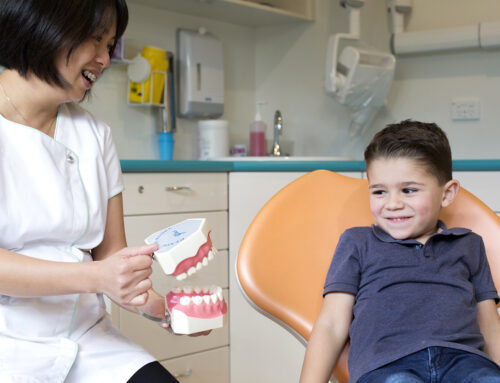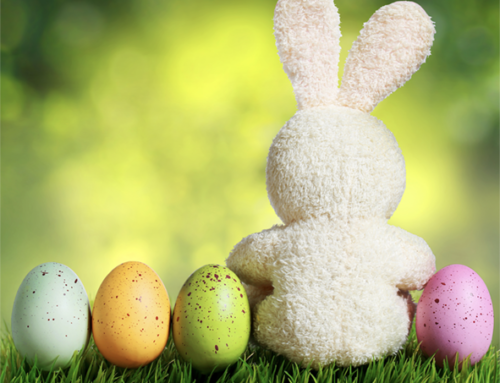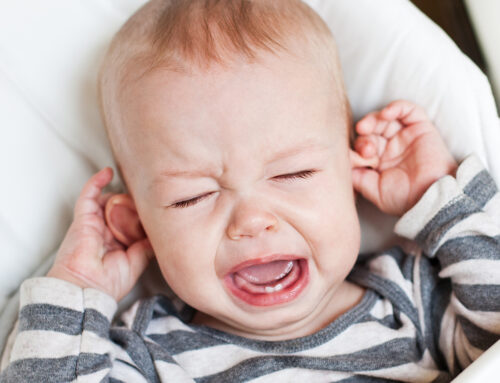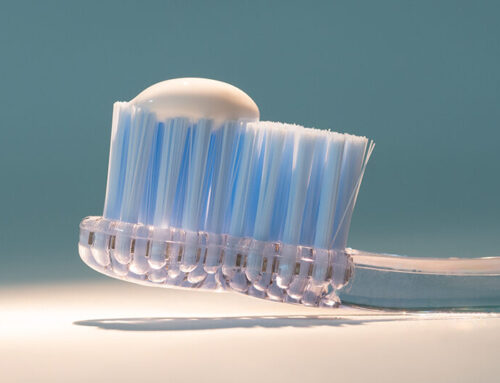In our lifetime, we have two sets of teeth. Baby teeth (milk teeth or deciduous teeth) are the first set of teeth to appear in your child’s early life. The second set are the adult teeth (permanent teeth). There are 20 baby teeth altogether and they begin to erupt around 6-8 months and continue to progressively erupt up to 3 years of age.
Children lose their baby teeth which are replaced by adult teeth typically starting at 6 years up until 13 years of age.
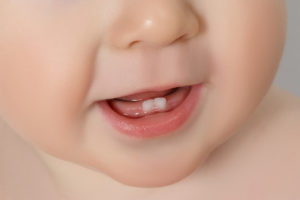 Which Teeth Are Baby Teeth?
Which Teeth Are Baby Teeth?
Baby teeth are smaller and sharper teeth. Comparing them to the adult teeth they will appear whiter and shorter.
Why Do We Have Baby Teeth?
• They create and reserve space for adult teeth that are growing under the gums.
• They give shape and definition to the face.
• They help your child learn to speak and pronounce words correctly.
• They play a role in good nutrition because your child can chew solid food easily.
• They give adult teeth a healthy start.
Sometimes a baby tooth can be lost (removed) earlier than expected (due to decay), causing the teeth behind to drift forward into the gap. This causes space loss and crowding of the teeth as there is no longer enough room for the adult teeth to come up. That’s why it’s really important to form good oral hygiene habits from a young age to protect the teeth and keep them healthy until they are ready to come out by themselves.
What is Exfoliation Of Teeth?
Exfoliation of teeth describes the natural process of the baby teeth shedding and falling out. At this point, the adult teeth are trying to erupt and push through the gums to replace the baby teeth. Teeth typically begin to exfoliate from as early as 5 years old through to 12-13 years old where they will have lost their last baby tooth.
Children will experience tooth eruption at different ages. There is no need for concern unless the teeth are not erupting in the correct sequence. If you think there is a problem with the eruption of your child’s teeth, book in for a visit with us at Kiddies Dental Care.
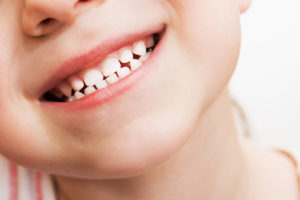 Your child will go through the 3 phases of teeth:
Your child will go through the 3 phases of teeth:
Phase 1: Baby teeth
Phase 2: Mixed dentition
(a combination of baby and adult teeth)
Phase 3: Adult teeth
Below is a guide where we focus on Phase 1: baby teeth and the sequence of eruption of these teeth.
Stage 1: 4-16 months – 8 front baby teeth (incisors) – The first teeth to erupt
4 – 7 months old:
The first baby teeth to erupt are the two in the front bottom known as the lower central incisors. They usually begin to break through (erupt) the gums at around 6 months old but can occur anywhere between 4 – 10 months.
8 – 12 months old:
The upper central incisors soon follow them at 8 – 12 months old. The next two to erupt are the upper lateral incisors at 9 – 13 months old.
10 – 16 months old:
The final incisors to erupt are usually the lower lateral incisors at 10 – 16 months old.
There are eight incisors in total. These teeth have a thin cutting edge and are designed to help babies grip their first solid food and to cut food into small pieces.
Stage 2: 13-20 months – The baby first molar teeth (back teeth) begin to erupt
The next teeth to erupt are the molars, which are the wider teeth at the back of the mouth.
13 – 19 months old:
The upper first molars are often the first to erupt (one on the left and one on the right side of the mouth).
14 – 20 months old:
The lower first molars follow a short while later.
Molars are larger, flat teeth located at the back of the mouth. Their main function is to grind food during chewing.
Stage 3: 16-23 months: Baby canines (eye teeth) erupt
16 – 22 months old:
The upper canines (eye teeth) erupt next and fill the gap between the front incisors and the back molars.
17 – 23 months old:
The lower canines are next. This occurs around 17 to 23 months old. The canines are the sharpest teeth in your mouth. They are used to rip and tear food apart.
Stage 4: 25 to 33 months:
Second baby molar teeth erupt
25 to 33 months old:
The upper and lower second molars come in last. This usually happens when your child is around 25 to 33 months old. The second molars also help to define the shape of the face and jaw which can prevent braces.
 By the age of 3, your child likely has a full set of teeth!
By the age of 3, your child likely has a full set of teeth!
Thanks Tu-Anh, our Oral Health Therapist at the Essendon Clinic, for this great information for parents of younger children. If you would like to talk to her about this or any other questions you may have, please contact us on 03 9372 8960.
